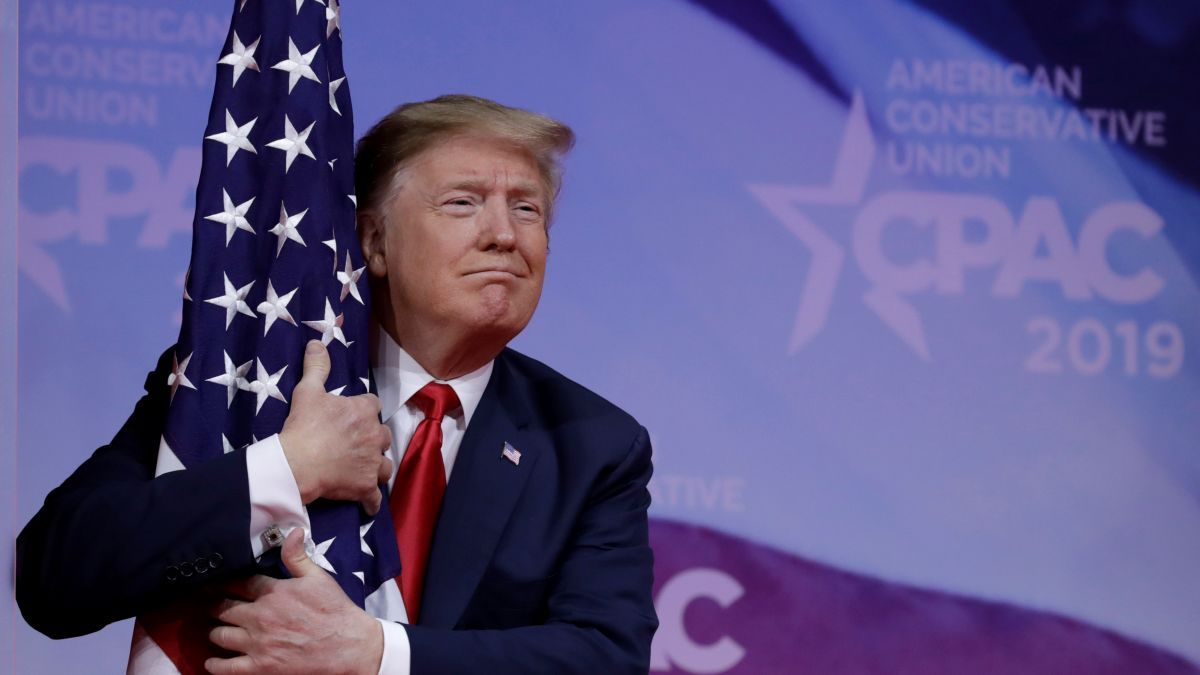Meta will join Twitter in restoring Donald Trump’s social media accounts, which is a threat to American democracy because Trump continues to spread his 2020 election conspiracy. Some people will always believe Trump’s big lie. Before tackling why his conspiracy is so sticky, let’s pre-bunk it with evidence.
As the January 6th Committee Report proved in great detail, Donald Trump lost the 2020 election to Joe Biden, Trump knew he lost the election, and Trump refused to admit he lost the election. Trump’s refusal to admit he lost the election was the root cause of the January 6th insurrection. If Trump had been a different sort of person—one who could accept his defeat—the insurrection would never have occurred.
We knew what sort of person Trump was, he showed us repeatedly—so it’s no surprise that he wouldn’t play by the democratic rules of the game and accept that he lost, but he did lose. Bigly. In fact, more than two years after the election, Trump still maintains that he won, despite facts.
According to the Federal Election Commission, 81,283,501 Americans voted for Joe Biden for president in 2020, while 74,223,975 voted for Donald Trump. That translates to Biden having won the popular vote 51.3% to 46.8%, or by more than 7 million votes. Those votes translated into 306 Electoral College votes for Biden and 232 for Trump. The election was not close by those metrics. It was, in fact, a solid victory for Biden. No one in American history has received more popular votes than Joe Biden won when he defeated Donald Trump in 2020.
Impartial federal officials who oversee American elections, like the FEC, FBI, DOJ, U.S. Election Assistance Commission, and Homeland Security, all certified that Biden won. News organizations like the Associated Press certified that Biden won. Republican state-level election officials like Rusty Bowers in Arizona and Brad Raffensperger and Gabriel Sterling in Georgia certified that Biden won. There were vote recounts in four states, which all re-certified that Biden won. Trump brought over 50 lawsuits, attempting to win the election in the courts, but each of those court cases decided that Biden won. Even the cases before Trump-appointed Republican judges said that Biden won. Even the Supreme Court, controlled by Republicans, said that Biden won.
Biden won, everyone says so. Everyone except for Donald Trump, his supporters in Congress, and about 55% of Republican voters.
According to Monmouth University polling, about 30% of all Americans believe that Biden “only won it due to voter fraud.” Those Americans are overwhelmingly Republican. Since November 2020, polling shows that Republican voters' belief in Trump’s election conspiracy has ranged between 69% to 55%. For a lot of people, believing Trump’s election conspiracy has become central to what it means to be a Republican. A December 2022 poll found that 35% of Republicans believe that you can’t be a good Republican while “acknowledging Biden as legitimately elected.”
While support for Trump’s election conspiracy has eroded since November 2020, more than half of Republicans still believe him and have made that belief define their political identity. That’s dangerous. It’s also not likely to change. There will always be some people—maybe even a lot of people—who believe Trump’s election conspiracy. That’s the way conspiracy works.
A January 2021 Morning Consult poll found that Trump was the primary source of information about the 2020 election conspiracy (Fox News came in second, Congressional Republicans came in third). How did he do it? He used well-worn conspiracy strategies like poisoning the well, repetition, and fraud. Above all, he counted on his conspiracy being “self-sealing” (can never be proven true or false), and he counted on his followers being both gullible and cynical— believing everything he said and nothing that election officials or the non-right-wing media said.
Trump’s election conspiracy was a strategy. Trump had used the same strategy in 2016 to pre-emptively claim that Hillary Clinton would “steal” the election from him. In my book Demagogue for President, I told the story of how Trump learned to say that the election would be “rigged” from infamous conspiracy yahoos like Alex Jones and Roger Stone and that while he pretended to sign up his loyal followers to “protect” the election in 2016, he didn’t actually follow through on much but harvesting their emails. Just after Biden won the 2020 election, Trump reportedly tried to trademark the phrase “Rigged Election!” It’s unclear if he was able to trademark his election conspiracy branding, but he went on to raise a quarter of a billion dollars off of his followers’ belief in the conspiracy.
Like in 2016, the basic plot of Trump’s election conspiracy strategy was to “poison the well” (also called “pre-emptive framing”) by predicting that there would be widespread fraud. After hearing Trump’s repeated claims, his supporters believed the election would be “rigged” and believed that they had a duty to look for and find the “evidence” of the crime. Trump then amplified the “evidence” back to his followers as if it were true. Trump’s election conspiracy created the conditions by which Trump’s conspiracy could be “proved.” That’s how conspiracy logic works in general—it’s self-sealing and circular. Evidence can only build to support belief in the conspiracy, never to disprove it.
Why did that conspiracy strategy work on his followers? First, they wanted to believe it—Motivated reasoning and confirmation bias work together so that whatever “evidence” you look for, you will find. Motivated reasoning helped his followers to believe that Trump told the truth and that the only way he could lose was if “they” cheated. Second, they had every reason to believe it. The large amount of evidence had the appearance of truth for people because there was so much of it. Even if one piece of evidence was disproved, there was so much more, they figured some of it had to be true.
Each example was false, but because so many allegations were put forward, there was the appearance that “something” happened. That was by design. That’s how “accumulatio” works. An accumulation of evidence piles up, which points to an obvious conclusion. Trump used that as a conspiracy strategy to claim that a false conclusion was actually true. His supporters still believe “something” happened; it had to have. Look at all the proof!
Georgia’s Chief Operating Officer in its Secretary of State’s office, Gabriel Sterling, said that Trump “chose to mislead state senators as well as the public” about the facts at a December 7, 2020, press briefing. Congressman Adam Schiff asked Sterling about that comment at the June 21, 2022, January 6th Committee Hearing. Sterling recounted presenting all of the relevant facts to someone, only to be met with the reply, “I just know in my heart they cheated.” Sterling’s takeaway from dealing with Trump’s election conspiracy was, “once you get past the heart, the facts don’t matter as much.”
None of it was true, but it felt true. That “feeling” is what Trump cultivated with his conspiracy strategy. His conspiracy created the frame for understanding what would happen, the “evidence” that proved his frame was true, and the appearance of so much “evidence” confirmed to people that it was true. Even fact-checks and critical thinking can’t pierce that “feeling,” which is why some people will always believe Trump.


